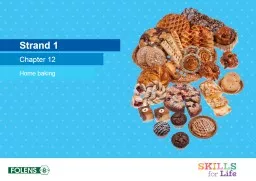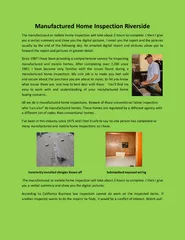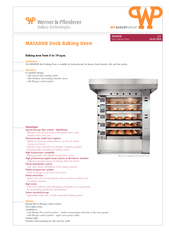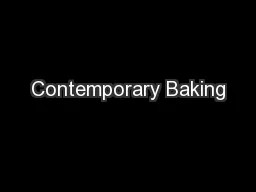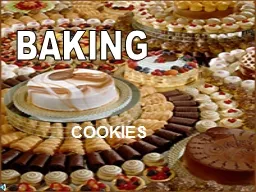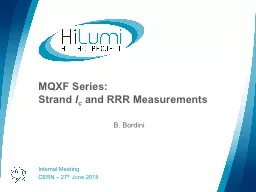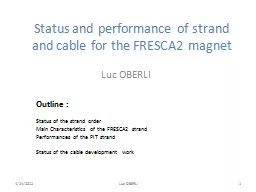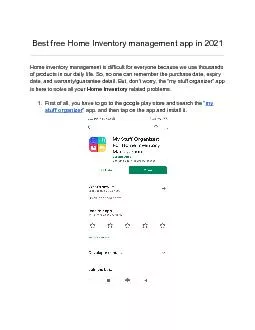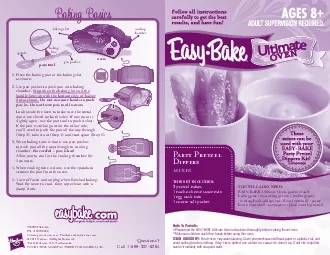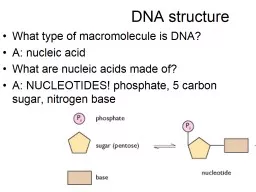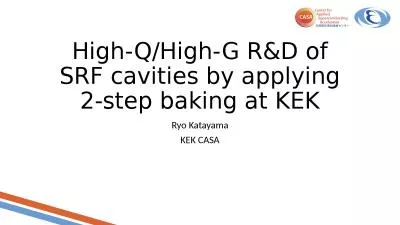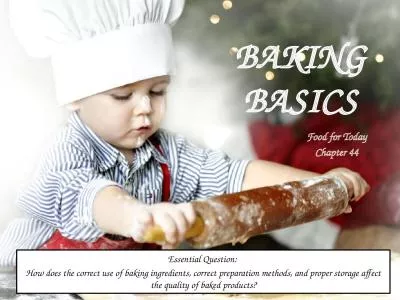PPT-Strand 1 Chapter 12 Home baking
Author : marina-yarberry | Published Date : 2018-10-30
The advantages of home baking and the basic ingredients used The types of flour available The raising agents and how they work The rules for home baking and methods
Presentation Embed Code
Download Presentation
Download Presentation The PPT/PDF document "Strand 1 Chapter 12 Home baking" is the property of its rightful owner. Permission is granted to download and print the materials on this website for personal, non-commercial use only, and to display it on your personal computer provided you do not modify the materials and that you retain all copyright notices contained in the materials. By downloading content from our website, you accept the terms of this agreement.
Strand 1 Chapter 12 Home baking: Transcript
Download Rules Of Document
"Strand 1 Chapter 12 Home baking"The content belongs to its owner. You may download and print it for personal use, without modification, and keep all copyright notices. By downloading, you agree to these terms.
Related Documents

